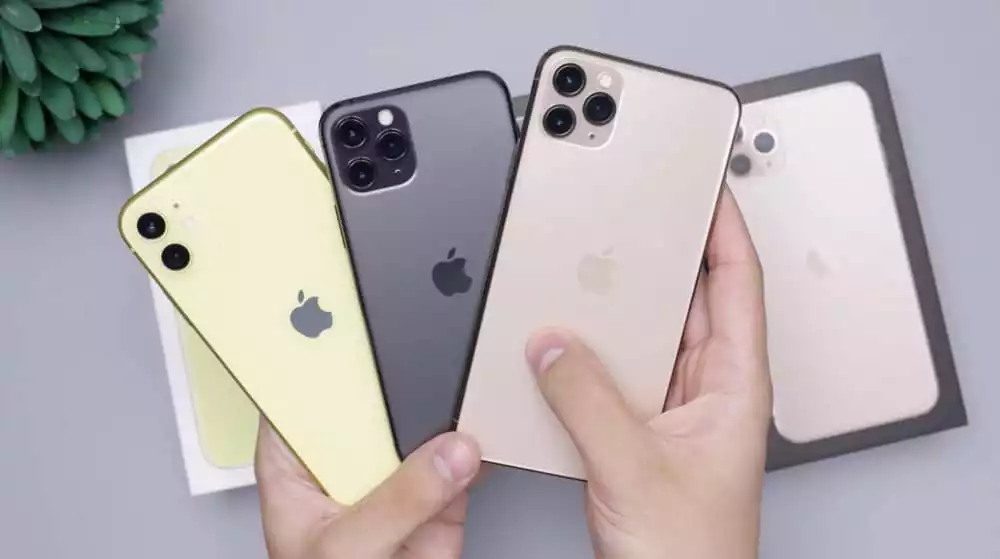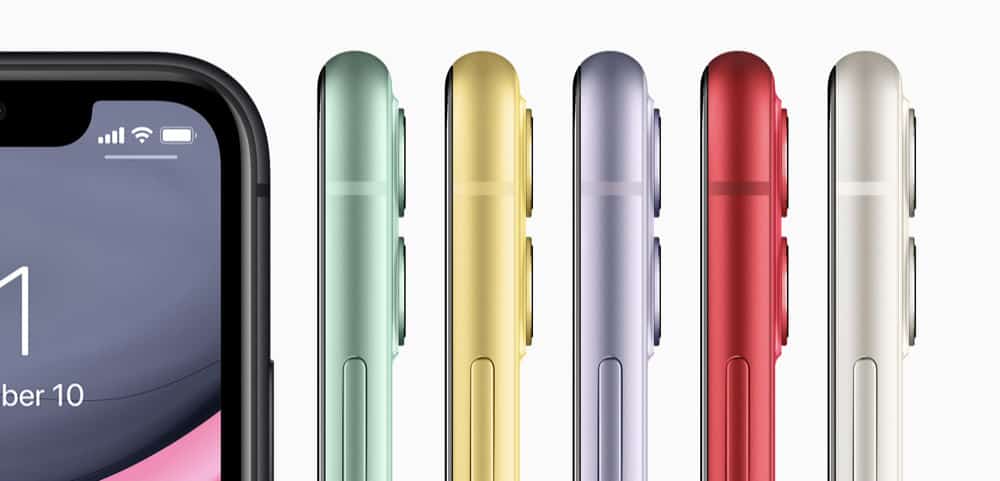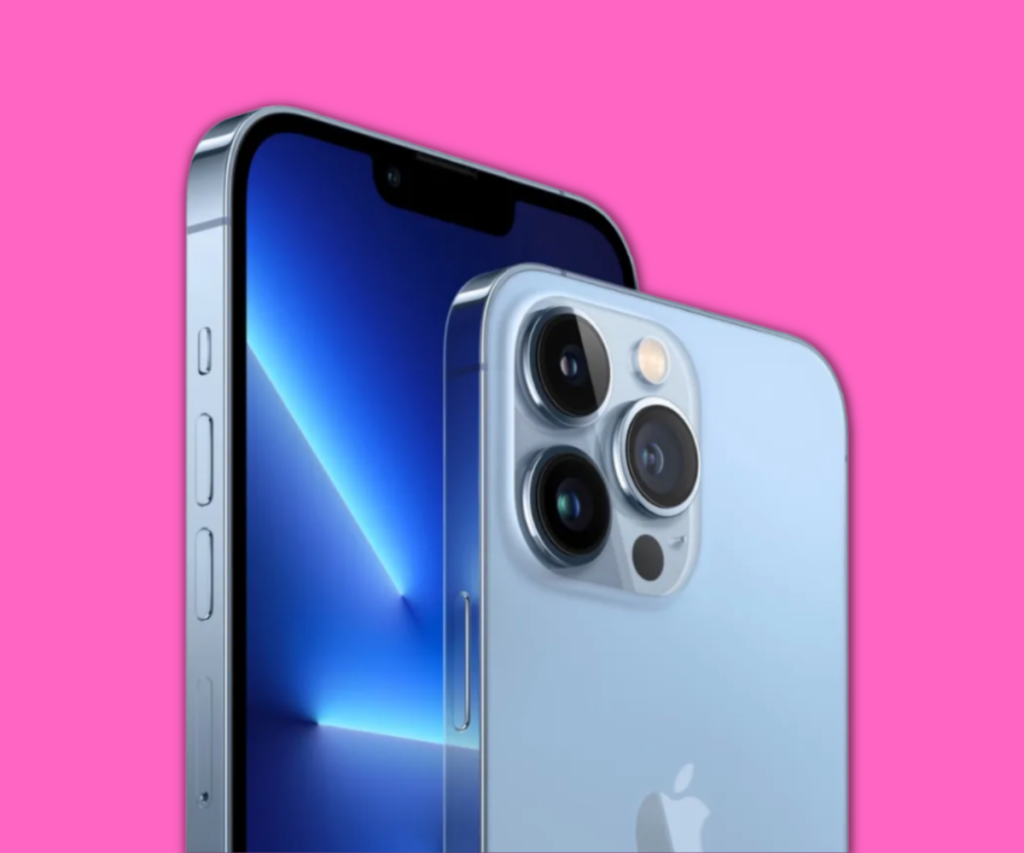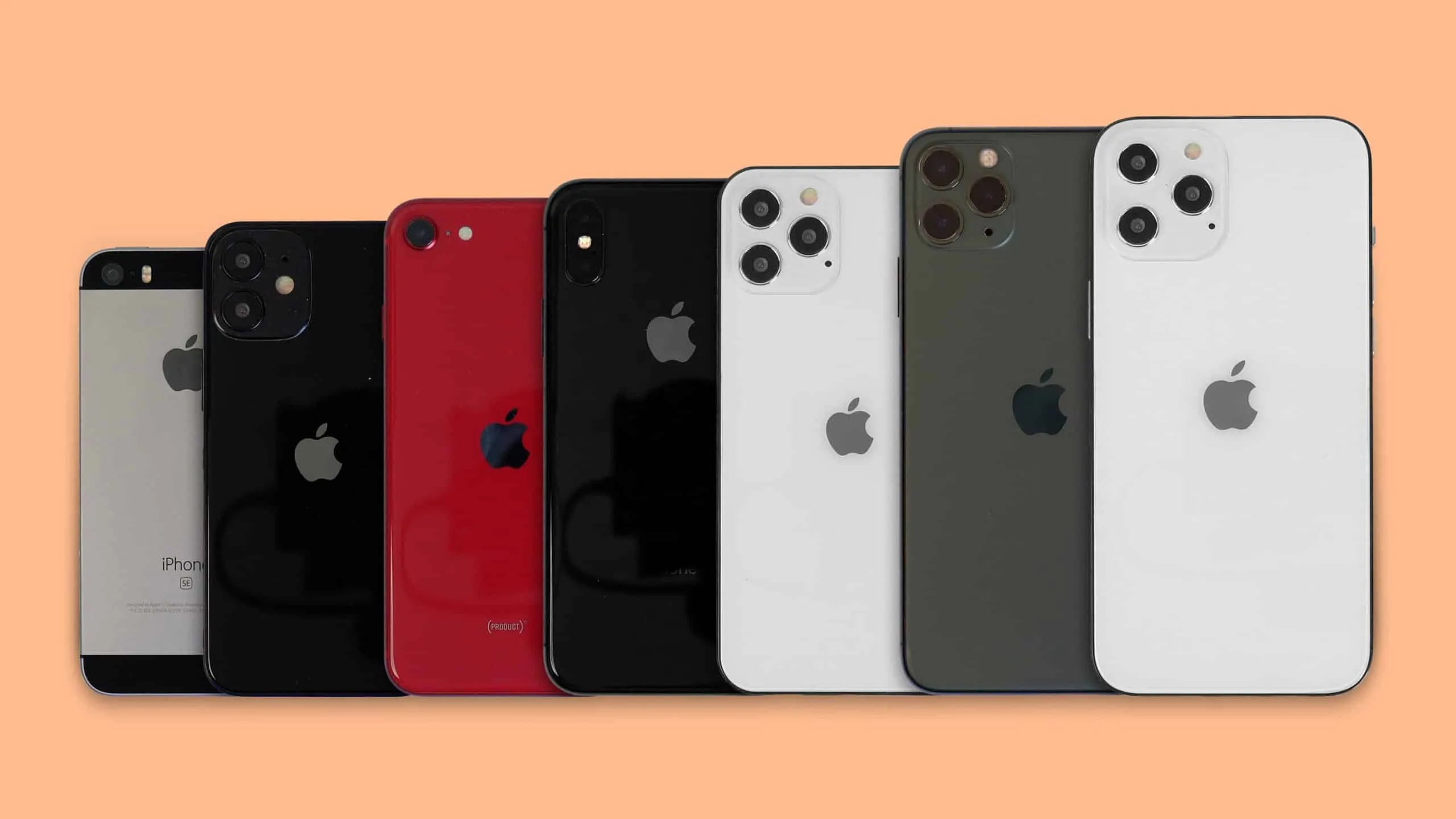Apple’s range of iPhone 12 phones are similar to what came before, however, there will be a few curveballs in the form of the iPhone 12 mini – Apple’s new “small iPhone” option
One of the first questions people want to know when a new iPhone launches is how big the phone is compared to what came before. In this context, we’re talking about the new sizes and dimensions of the iPhone 12, which replaced the iPhone 11. But how big is the iPhone 12?
Here are the official dimensions for each of Apple’s iPhone 12 models…
iPhone 12 Dimensions: Key Takeaways
Apple’s iPhone 12 range is comprised of four models: the iPhone 12, iPhone 12 mini, iPhone 12 Pro, and the iPhone 12 Pro Max.
- The iPhone 12 Pro Max is the flagship and largest phone in the range; it has a 6.8in display and the following dimensions: 160.8 x 78.1 x 7.4 mm.
- The iPhone 12 mini is the smallest phone in the range; it has a 5.4in screen and measures in at 131.5 x 64.2 x 7.4 mm.
- The iPhone 12 and iPhone 12 Pro are the exact same size, having 6.1in displays and the same overall dimensions (146.7 x 71.5 x 7.4 mm) and weight.
You will pay more, of course, for the iPhone 12 Pro as it is Apple’s flagship model, next to the larger and even more expensive Pro Max variant.
iPhone 12 Length
The iPhone 12, released in 2020, brought a new design aesthetic to Apple’s lineup, while retaining a form factor that’s similar to its predecessor, the iPhone 11, and its successor, the iPhone 13.
Measuring 5.78 inches in length, the iPhone 12 features a sleek, flat-edged design that departs from the rounded curves of the iPhone 11, which is 5.94 inches long.
On the other hand, the iPhone 13, launched in 2021, offers a slightly more compact form, with a length of 5.74 inches.
The difference in length between the three models is relatively small, but it’s worth noting that these subtle changes in dimensions can influence the overall feel and usability of the devices, catering to users with different preferences in design and ergonomics.
And here’s the dimensions for each model in Apple’s iPhone 12 range:
- iPhone 12 Mini – 131.5 x 64.2 x 7.4 mm
- iPhone 12 – 146.7 x 71.5 x 7.4 mm
- iPhone 12 Pro – 146.7 x 71.5 x 7.4 mm
- iPhone 12 Pro Max – 160.8 x 78.1 x 7.4 mm
The entry-level iPhone for the past couple of iPhone generations has been a fairly large phone; the iPhone XR and iPhone 11 both had 6.1in displays and dimensions of 150.9 x 75.7 x 8.3 mm, as you can see inside our iPhone Size Guide.
The iPhone 12 Mini is the smallest iPhone Apple has produced in years; it has a 5.4in OLED display and dimensions of 131.5 x 64.2 x 7.4 mm. The iPhone 12, meanwhile, has a 6.1in OLED display, just like the iPhone XR and iPhone 11.
Small iPhones Will Soon Be No More
Apple attempted to bring back the notion of a small iPhone inside its iPhone 12 series with the iPhone 12 mini. But sales for that phone, as well as its successor, the iPhone 13 mini, have been pretty weak. Apple did not expect this. But it has now changed its approach completely: from 2022, there will no longer be a mini variant; instead, Apple will replace it with the iPhone 14 Max.
The iPhone 14 Max will be the same size as Apple’s iPhone 14 Pro Max but unlike that phone it will be an entry-level model like the iPhone 14, replacing the place of the iPhone 14 Mini. This essentially tells us one thing empirically: Apple has crunched the numbers and done its due diligence, and the verdict is in: people no longer like small iPhones.
And this is to be expected, especially when you factor in the iPhone 12 mini’s poor battery life. Most of us are now used to NOT having to worry about our iPhone’s battery life. The reason for this is that Apple’s iPhones, since 2014, have gotten bigger and bigger, and used larger batteries. The iPhone SE 2020, iPhone SE 3, iPhone 12 mini, and the iPhone 13 Mini were the exceptions – and these phones have all sold poorly.
This means people either A) do not like small phones anymore, or B) they DO like them but they prefer better battery life. Either way, whatever the cause, Apple’s small iPhones – from 2022 onwards – will be no more. As of 2023, the smallest iPhone you will be able to buy from Apple will be its iPhone SE 3. But given that phone’s poor sales thus far, I don’t see Apple keeping it around for too long.
And remember: new iPhones mean BIG discounts on outgoing models like the iPhone 11 and iPhone 11 Pro. I think this too has been a contributing factor to poor sales for the iPhone 13 mini and the iPhone SE 3 – the iPhone 11 and iPhone Pro Max are now priced much the same, and they’re far better phones.
The iPhone 12 replaces the iPhone 11 and iPhone XR; it has a 6.1in OLED display, not an LCD panel. The iPhone 12 Pro Max has the largest display of any iPhone ever released (6.7in OLED), while the iPhone 12 Pro has a 6.1in OLED display, up from 5.8in on the iPhone 11 Pro.
Which iPhone 12 Model is The Biggest?
The biggest phone inside Apple’s iPhone 12 range is the iPhone 12 Pro Max; it has a 6.8in OLED display and the following dimensions: 160.8 x 78.1 x 7.4 mm. The Pro Max also has the biggest battery and the best camera system in the range.
It is the flagship model, alongside the iPhone 12 Pro, while the iPhone 12 and iPhone 12 mini are the cheaper, entry-level models.
iPhone 12 Dimensions vs iPhone SE
Apple’s iPhone 12 Mini has a 5.4in display, making it closer in size to the original iPhone SE than the outgoing iPhone 11. It is even smaller than the current iPhone SE 2020.
How? Doesn’t the original iPhone SE 2020 have a 4.7in display? Yes, it does – but it also has a home button. Doing away with the home button frees up about half an inch in space at the bottom of the phone.

This is why the iPhone 11, iPhone XS, iPhone X, and iPhone XR are all smaller than the iPhone 8 Plus with respect to overall dimensions, despite having significantly larger displays.
So the overall dimensions of the iPhone 12 Mini, with its 5.4in OLED display, are 131.5 x 64.2 x 7.4 mm, making it closer in size to the iPhone SE, iPhone 5, and iPhone 5s than the iPhone 11 or iPhone XR.
How Big is The iPhone 12 Pro Max?
At the other end of the scale, you have Apple’s iPhone 12 Max and iPhone 12 Pro Max. Apple’s iPhone 12 Pro Max is the biggest iPhone the company has ever released. It has a 6.7in OLED display and it measures 160.8 x 78.1 x 7.4 mm.
Dimensions for the iPhone 12 Pro are as follows: 146.7 x 71.5 x 7.4 mm. The iPhone 12 Pro now has a 6.1in display too.

Meanwhile, Apple’s iPhone 12, the iPhone 11’s replacement, will maintain its 6.1in display, only this time it will be OLED, and like the same dimensions as its predecessor – 146.7 x 71.5 x 7.4 mm.
The iPhone 12 Pro measures 146.7 x 71.5 x 7.4 mm. And that will complete the series. So, to recap, here’s all of Apple’s iPhone 12 models arranged in order of size – from smallest to biggest.
iPhone 12 Dimensions (All Models)
- iPhone 12 Mini – 131.5 x 64.2 x 7.4 mm
- iPhone 12 – 146.7 x 71.5 x 7.4 mm
- iPhone 12 Pro – 146.7 x 71.5 x 7.4 mm
- iPhone 12 Pro Max – 160.8 x 78.1 x 7.4 mm
The key thing about Apple’s iPhone 12 range of phones, aside from the addition of an extra model, is that all feature OLED panels, and all the models ship with 5G.
Apple has also improved the camera tech too and we have the company’s new A14 SoC to play with – and it is mightily potent!
The Introduction of The iPhone 13 Range
Of course, we’re now inside 2022. This means Apple’s iPhone 13 range is now about halfway through its market cycle before being usurped by the iPhone 14 range which will launch in September 2022.

Apple’s iPhone 13 range follows the iPhone 12’s size and dimensions very closely – the phones look almost identical. The iPhone 13 models do use larger batteries, however, so they’re slightly heavier. But all the key dimensions remain the same, including display sizes.
If you’re interested in running the latest iPhone, that’d be one of Apple’s iPhone 13 models. But the iPhone 12 range is still very much worth a buy in 2022 – they all have 5G and OLED displays and plenty of power under the hood. But because they’re not brand new anymore, you can now pick them up for considerably less money than when they launched.
If you’re looking to save some cash in 2022, picking up an iPhone 12 could well be one of the easiest ways to do this – especially if you go the refurbished route (as it will save you around 40%).
Personally, this is exactly how I buy ALL my phones. I never buy new, always refurbished. And the reason for this is simple: they’re cheaper, I can buy them outright, and this means I’m not locked into a contract.


